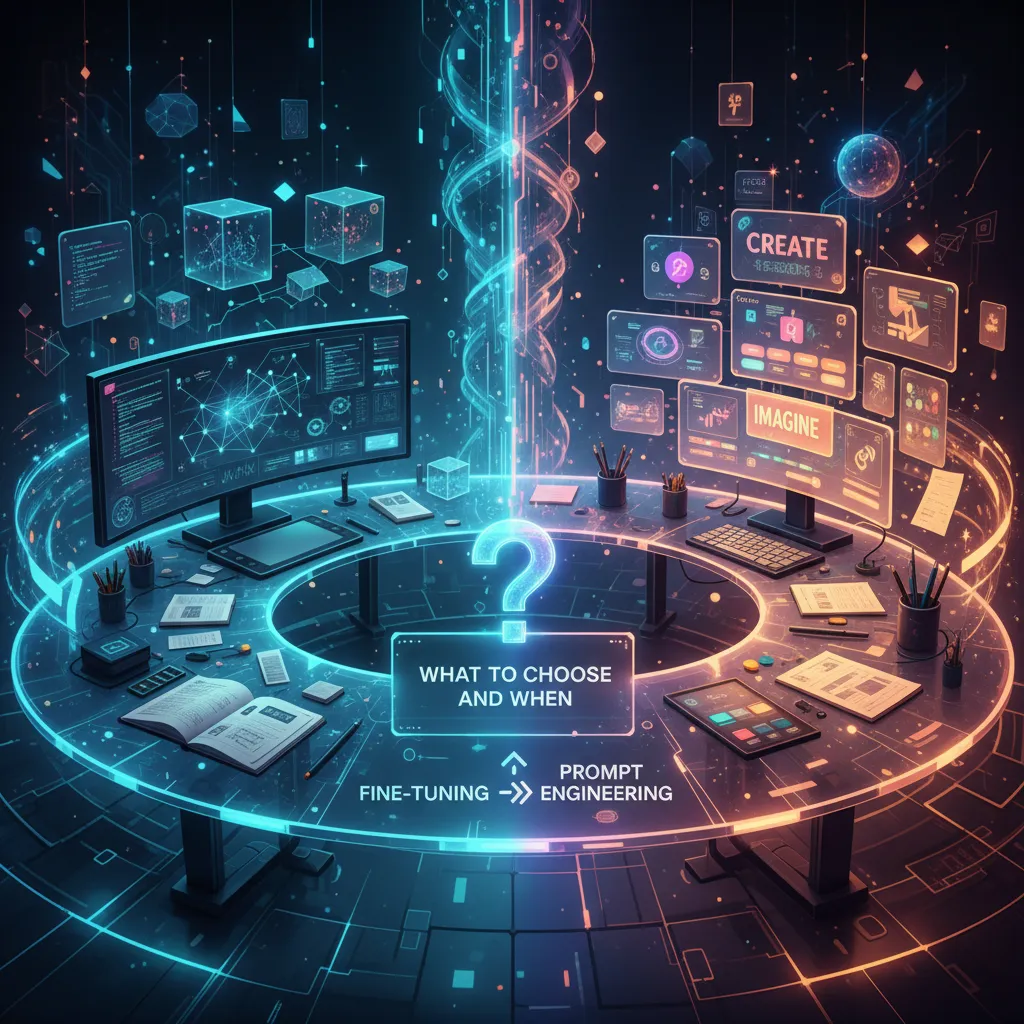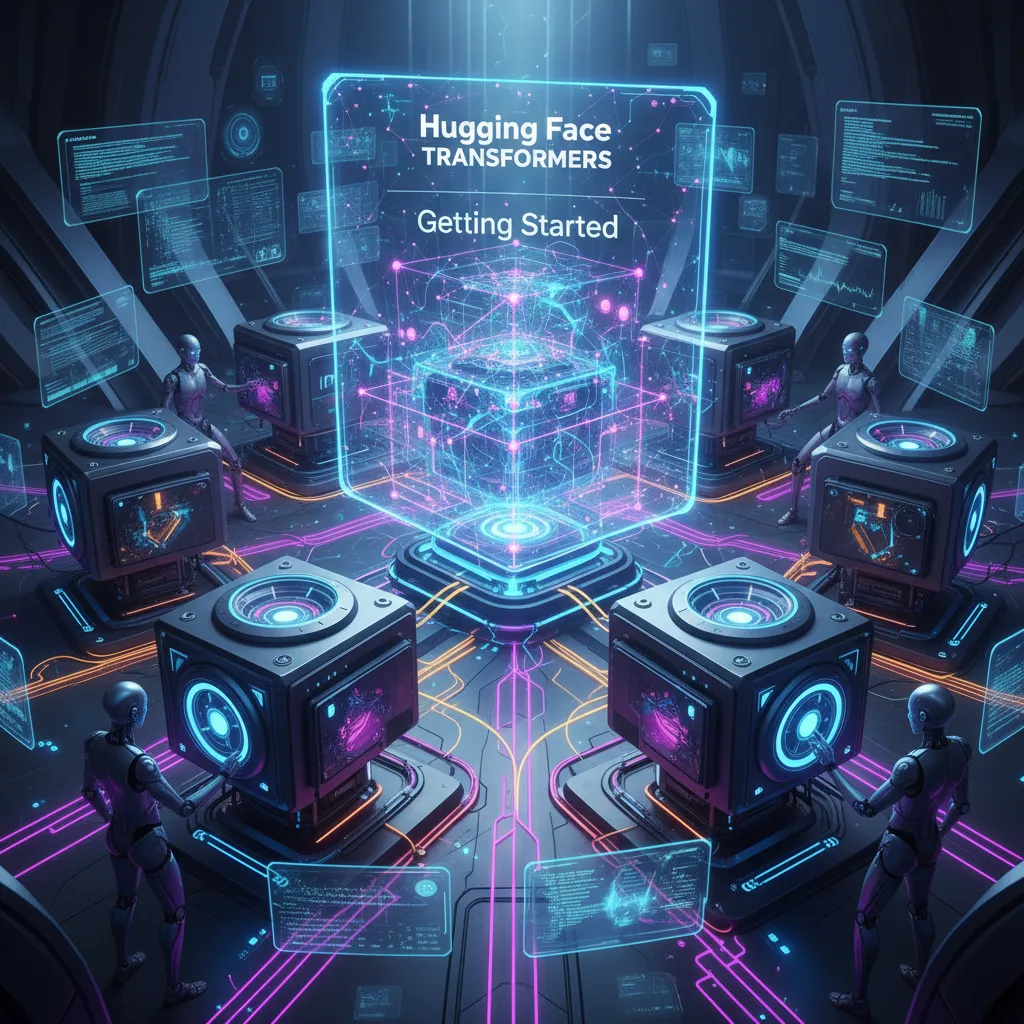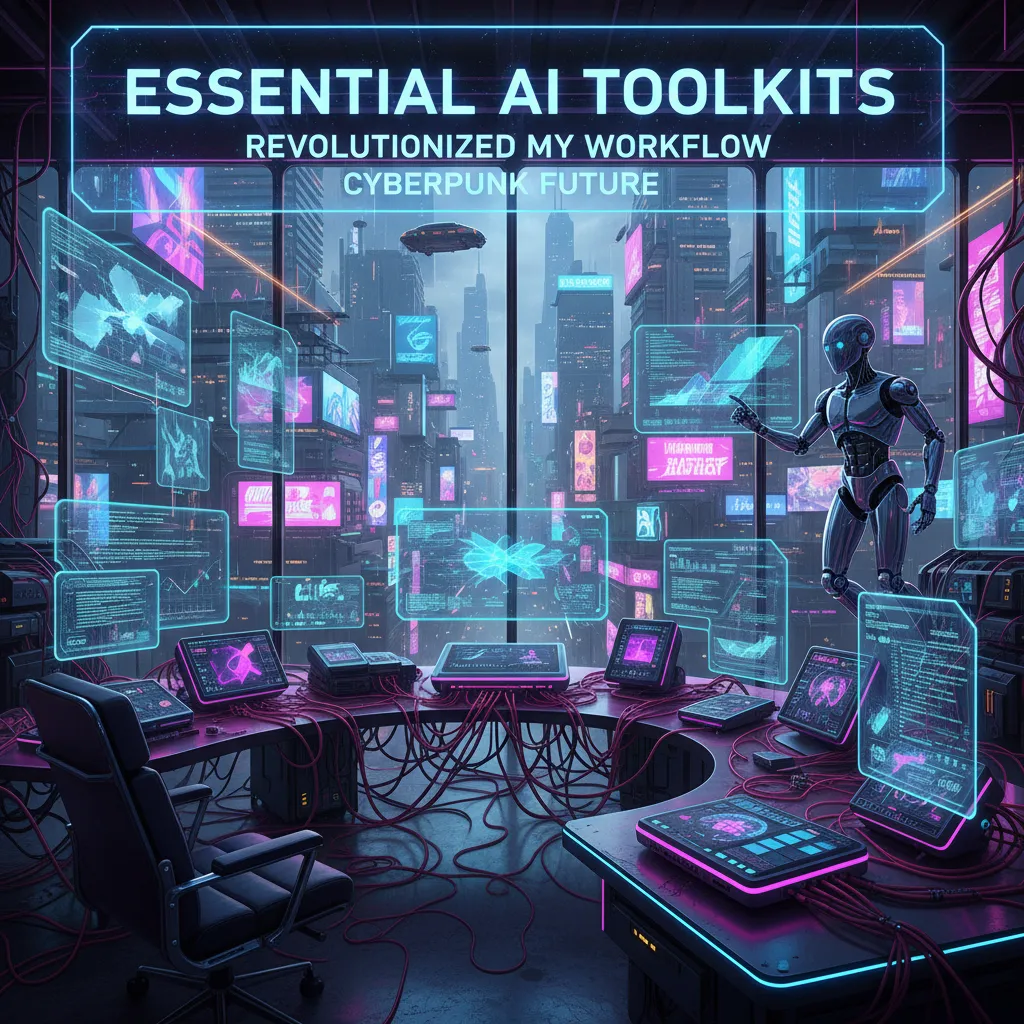Let me start with an embarrassing story: last summer, I spent an entire weekend crafting what I thought was the perfect prompt for a chatbot, only to end up with responses that made less sense than a karaoke night in a library. That experience lit a fire under me to figure out if I should have been fine-tuning instead. You're not alone if you're also struggling to pick a side—and, honestly, the choice isn’t as obvious as tech Twitter makes it sound. In this post, I’ll dump what I’ve learned (including my blunders) about the ‘fine-tuning vs. prompt engineering’ debate, and help you dodge common pitfalls.
The Core Idea: What Are We Even Comparing?
Before diving into the debate of prompt engineering vs fine-tuning, let’s get clear on what each approach actually means. I remember when I first started exploring these concepts, a friend of mine genuinely thought prompt engineering was some kind of interior design for chatbots. (He was very confused, but at least it made for a good laugh!)
Prompt Engineering: Tweaking How You Ask
At its core, prompt engineering is about crafting better instructions for the AI model. Think of it like learning to say “please” or rephrasing your question to get the answer you want from your digital assistant. You’re not changing the AI’s knowledge or abilities—you’re just getting smarter about how you interact with it.
Definition: Modifying the way you ask questions or give commands to the model.
Goal: Achieve better, more relevant responses by improving your instructions.
Key Insight: Prompt engineering is fast, doesn’t require special hardware, and can be done by almost anyone.
Fine-Tuning: Retraining the Brain
On the other hand, fine-tuning is like giving your AI model new memories. Here, you actually retrain the model on a set of new, often domain-specific examples. This process changes the model itself, allowing it to learn new patterns or specialize in certain tasks.
Definition: Updating the AI model by training it on additional, labeled data.
Goal: Make the model more accurate or specialized for a particular use case.
Key Insight: Fine-tuning requires more resources—think large datasets, time, and sometimes even a team of machine learning experts.
Prompt Engineering vs Fine-Tuning: What is the Difference?
So, the core idea is this: Prompt engineering modifies how you interact with the AI, while fine-tuning changes the AI itself. Prompt-only tweaks are quick and lightweight but can’t give the model new knowledge. Fine-tuning is more involved but delivers deeper, longer-lasting changes.
“Prompt engineering is like learning to ask better questions. Fine-tuning is like teaching the model new answers.”
Speed, Cost, and the ‘Weekend Hackathon Test’
When it comes to speed and cost, the difference between prompt engineering and fine-tuning is night and day. I’ve learned this the hard way—sometimes with a cold pizza box and a clock that reads 3:00 a.m.
Prompt Engineering: Start Now, Deploy Today
If you need to move fast—think weekend hackathons, last-minute demos, or rapid prototyping—prompt engineering is your best friend. There’s no need for massive datasets or heavy compute. You can open your notebook, tweak your prompt, and see results in minutes. The iteration speed is unmatched: you can test, adjust, and deploy almost instantly. This approach is also very low-cost, since you’re only paying for API calls or minimal compute time. For anyone with tight deadlines or limited budgets, prompt engineering is ideal.
Deployment speed: Immediate—great for quick wins.
Upfront cost: Minimal—just your time and maybe a few API credits.
Training time: None—just prompt, run, and go.
Fine-Tuning: Get Ready for a Marathon
On the flip side, fine-tuning is a commitment. You’ll need to gather and clean a substantial dataset (think 10,000+ labeled examples), and that’s before you even start training. The upfront cost is significant, both in terms of time and compute resources. Training can take hours or days, and you’ll need to monitor progress, troubleshoot errors, and sometimes start over. But the payoff? Fine-tuned models can deliver up to 28.3% higher accuracy for specialized tasks—if you’re willing to invest.
Iteration speed: Slow—expect long feedback loops.
Upfront cost: High—data labeling, compute, and time.
Deployment speed: Delayed—training and validation take time.
True story: My first fine-tuning attempt turned into an accidental all-nighter, complete with a pizza-stained dataset and a newfound respect for the process.
In short, if you want to test ideas quickly or have budget constraints, prompt engineering wins the ‘Weekend Hackathon Test’ every time. Fine-tuning, meanwhile, is for when you’re ready to invest for long-term, high-accuracy results.
The Consistency Conundrum: Customization vs. Flexibility
When it comes to choosing between fine-tuning and prompt engineering, I always find myself weighing the trade-off between customization and consistency versus model flexibility. Let’s break down what this means in practice, and why it matters for your AI projects.
Fine-Tuning: Laser-Focused Consistency
With fine-tuning, you’re essentially training your model to become a specialist. Think of it as teaching your AI to be an expert tea pourer—every response is on-message, accurate, and tailored to your specific needs. This level of model customization delivers output quality that’s hard to beat for production applications where model consistency is non-negotiable. The downside? Like our tea expert, a fine-tuned model can struggle when asked to juggle new or unexpected tasks. Flexibility takes a back seat to precision.
Prompt Engineering: The Swiss Army Knife
On the other hand, prompt engineering is all about adaptability. Here, you use clever instructions to guide a general-purpose model through a variety of tasks—like having an AI butler who can juggle, pour tea, and maybe even dance a little. This approach shines when you need model flexibility and want to experiment or quickly pivot between different use cases. The trade-off is that output quality and model consistency can vary, especially as prompts grow more complex or ambiguous.
Hypothetical: The AI Butler Dilemma
Imagine you’re hiring an AI butler. Do you want a flexible jack-of-all-trades who can handle anything you throw at them, or an expert who’s flawless at one thing but lost outside their specialty? This is the heart of the consistency conundrum—and it’s why your choice depends on your project’s needs.
Mix and Match: The Best of Both Worlds
In my experience, the real magic often happens when you combine both approaches. Fine-tune for model consistency in core tasks, then layer in prompt engineering for added model flexibility and experimentation. This blend can deliver superior output quality across a wider range of scenarios.
My Decision Cheatsheet: When to Pick What (and Why I Sometimes Ignore My Own Advice)
After experimenting with both fine-tuning and prompt engineering across dozens of projects, I’ve developed a simple decision framework that helps me choose the right approach for each situation. The best practices in the current AI landscape suggest starting with prompt engineering, especially for rapid prototyping, low data scenarios, and when you want to build versatile tools quickly. Prompt engineering lets you iterate fast, test ideas, and get feedback without investing heavily in data collection or model training. It’s my go-to for early-stage work, small projects, or when I’m exploring new problem spaces.
When the stakes are higher—think high-volume production systems or specialized tasks AI that require domain-specific knowledge—fine-tuning becomes the clear winner. If you have the time, resources, and access to quality data, fine-tuning delivers more accurate, reliable, and consistent results. This is especially true for solutions that need to perform at scale or meet strict business requirements. The current AI trends show that many top teams now combine both strategies: they prototype with prompt engineering, then move to fine-tuning for high-value, domain-specific solutions.
Here’s my confession: even though I know the best practice is to switch to fine-tuning for production, I sometimes stick with prompt engineering longer than I should. Why? Impatience. It’s just so tempting to keep tweaking prompts when you’re getting “good enough” results, especially when you want to move fast. But I’ve learned (sometimes the hard way) that for mission-critical applications, investing in fine-tuning pays off in the long run.
In conclusion, use prompt engineering for speed and flexibility, and fine-tuning for accuracy and specialization. Both are more accessible than ever, and the real magic often happens when you combine them. My decision cheatsheet isn’t perfect, and I don’t always follow my own advice, but it’s grounded in the best practices and current trends shaping AI today. As you face your own fork in the AI road, remember: start simple, iterate fast, and don’t be afraid to invest in fine-tuning when your project truly demands it.



